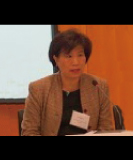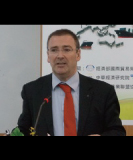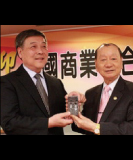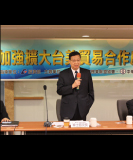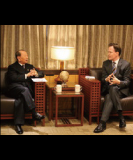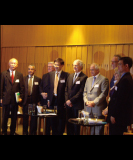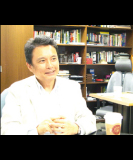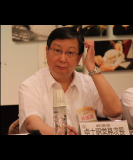You are browsing > Service Trade > Trade Info
USTR Lighthizer Statement on the Conclusion of the Second Special Session of the U.S.-Korea FTA Joint CommitteeUSTR
Washington, D.C. – U.S. Trade Representative Robert Lighthizer today released the following statement on the conclusion of the second special session of the U.S.-Korea (KORUS) Free Trade Agreement. Ambassador Lighthizer and Korean Trade Minister Hyun-chong Kim co-chaired the meeting today at the offices of the U.S. Trade Representative in Washington, DC.
“I initiated Joint Committee discussions at the direction of the President to improve outcomes under this agreement for all Americans. I now look forward to intensified engagement with Korea in an expeditious manner to resolve outstanding implementation issues as well as to engage soon on amendments that will lead to fair, reciprocal trade.”
This second Joint Committee special session follows the first special session on August 22, 2017 in Seoul, South Korea. At President Trump’s direction, Ambassador Lighthizer in July 2017 initiated the Joint Committee process to seek to remove barriers to U.S. trade and consider needed amendments to KORUS. Click here to learn more about the KORUS Joint Committee.
U.S.-Korea Trade Background:
• KORUS entered into force in March 2012.
• The United States exported less to Korea in 2016 ($42.3 billion) than it did before the agreement was signed in 2011 ($43.5 billion), a decline of 2.7 percent.
• Over the same period, the South Korean imports in the United States rose by nearly $20 billion.
• Growth of U.S. services exports stalled between 2013 and 2016.
• From 2011 to 2016, the U.S. trade deficit in goods with Korea more than doubled, rising from $13.2 billion to $27.6 billion.
• The U.S. deficit in the autos sector alone is $24 billion, an increase of 77% since 2011 and accounting for nearly 90% of the total $27.6 billion goods deficit in 2016.

